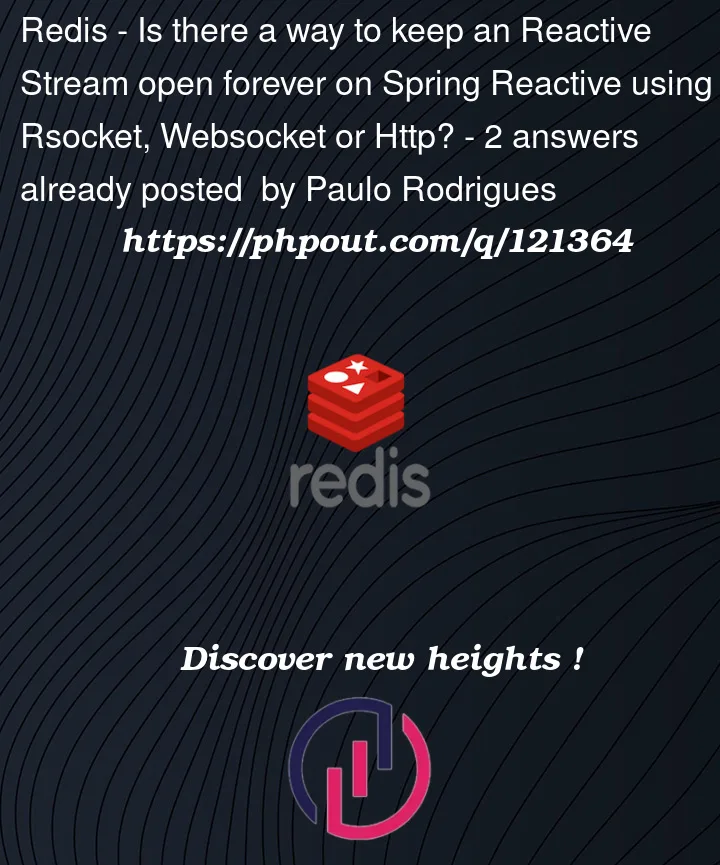I want to connect a client on a server to receive a Flux of some entity and keep then connected (In a non-blocking + Assynchronous fashion) in order to receive updates or new insertions in the same Flux.
In other words I want that DB inform the server when there are some update or new data. The server to inform the client. All in a assynchronous + non-blocking fashion.
I tried with spring-boot-starter-webflux, with plain http, also tried spring-boot-starter-rsocket, with rsocket.
Tried with redis, mongo and now postgresql.
The only way it worked almost as expected was with MongoDB capped colelction + tailable stream. But in this way the collection is capped and I can’t edit an existing entry.
Are you aware about some approach to accomplish that?
Thank you very much!




2
Answers
Use the spring-boot-starter-rsocket, create a MessageMapping endpoint and the server listen to a topic with reactive-redis, thus there are message data channel.
Postgres includes a Notifier/Listener pattern to track the messages on database, for example.
The whole example is here.
As you mentioned, with Mongo capped collections, it is easy to emit the item to a reactive Flux sink, check my fullstack(frontend+backend) example of Http/SSE, WebSocket, RSocket.
You can emit any data to a connnectable flux by your own logic, such as emitting data by fine-grained domain events, this usage is more generic in real world projects.
Any of your client can connect to this
commentAddedEvent. For example, the following is using SSE.Similarly, if you are using WebSocket, use a WebSocketHandler to adapt it, and for RSocket, use a controller with messaging mapping route instead.